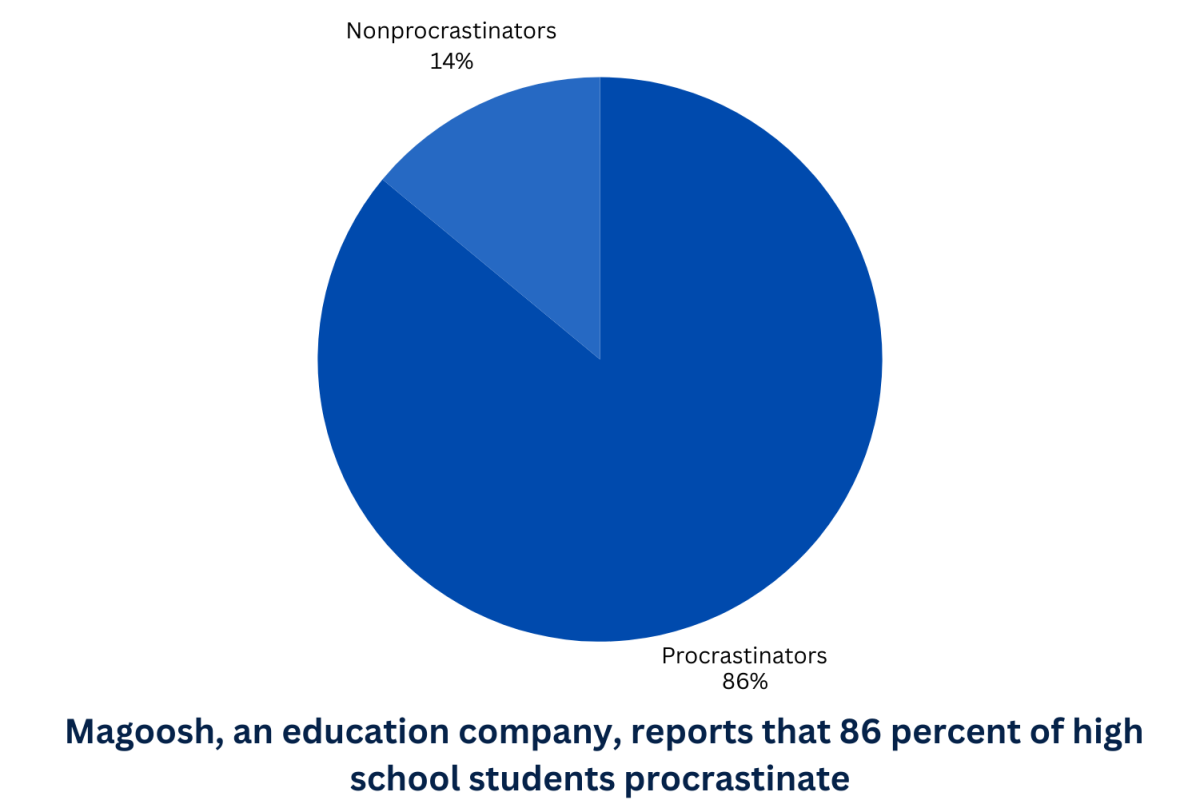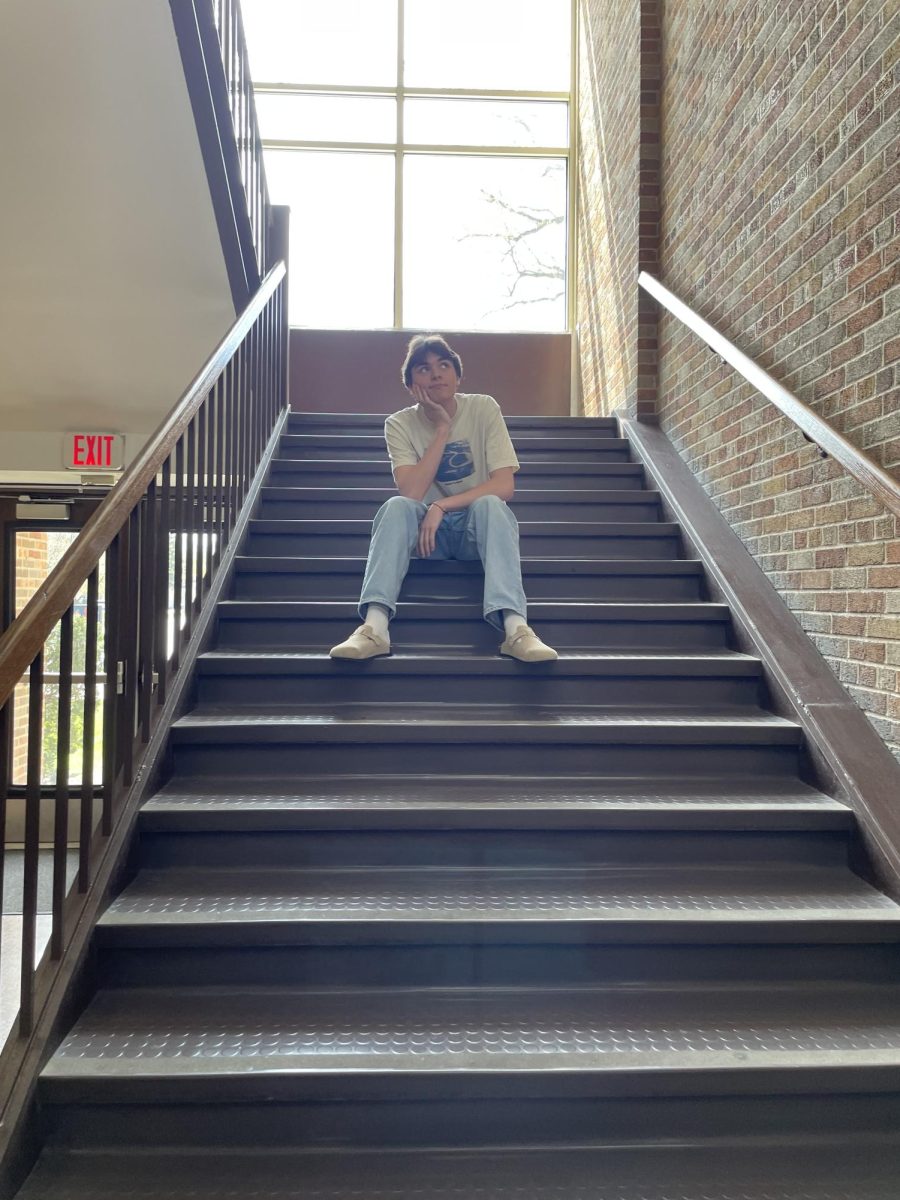Note: A picture that was included with this story when it was originally posted has been removed.
The issue of income inequality has sparked heated debate over what the nature and role of the government should be, whether it should serve and advance the goals of a few, or strive to balance the divides in our society; however, there is an even greater challenge that confronts this nation: the state of our schools.
Think about it. Why does income inequality exist? Because different jobs pay different wages, and what determines those jobs in the modern economy is how educated a person is. Now, in the United States, the majority of students, approximately 49.8 million, attend public schools, according to the National Center for Education Statistics, but the problem isn’t centered around education itself; it’s rooted in money.
“The way schools are financed, they’re not on equal footing because schools are financed by local property taxes, so if you’re in an affluent community, you get more money to put into the school, so you spend more per pupil…That allows schools in more affluent areas to give their students more opportunities,” stated Dr. Marina Scott, principal of Libertyville High School.
The reality is that kids who find themselves in the fortunate situation of living in a good home, with a steady income, have a better chance at being more successful than those who don’t share a similar background. Illinois Report Card, a public website intended to provide an academic and financial view of a school, estimates that District 128 allocates roughly $12,491 per pupil, compared to the state’s $7,094 per student in instructional spending. The Huffington Post reports that four out of 10 Chicago Public Schools freshmen don’t graduate, while only an hour away, you can find Libertyville High School with a 98 percent graduation rate; it’s not that we live outside the boundary of failing city schools: it’s that we live inside the boundaries of wealth, and that goes on to dictate how rewarding our education is.
“Families who have money, whether they send their kids to public or private high schools, it doesn’t matter. The families who have money, their kids just have naturally more resources. There is a gap that is forming — it’s been there for years but I think it’s widening between the haves and the have nots, and it scares me honestly,” remarked Ms. Amy Belstra, the College Resource Counselor at Libertyville High School.
The rift that goes right though America every time another kid fails his test, another school fails to meet federal standards, another minority drops out, is detrimental to the future of this country; it confirms our willingness to accept the status quo, and our willingness to conform to the conventional, as long as the cards are in our favor.
“I look at families — there’s Maslow’s hierarchy of needs which is we need food, we need shelter, we need comfort, and then things sort of branch out from here — and for families that are struggling financially — poor, let’s call it that — it’s so much harder for them, and it is harder for those students to go to college and succeed because college is so stinkin’ expensive,” expressed Ms. Belstra.
When looking at schools and the environment they provide for students, it’s critical that we evaluate the role that teachers play and give them credit for it. Educators are the principal reason that students are able to flourish and exceed expectations; they make the school function and allow kids to develop not only as students, but as individuals as well.
“I think when you’re an adolescent and you’re developing not only intellectual[ly] but socially and emotionally as well, that having that kind of person, those type of people in your life, just helps you grow exponentially in many ways, your confidence in relation to education,” noted Dr. Scott.
Libertyville is lucky enough to have a stable foundation, but that can’t be a reason for us to remain blinded to the realities that surround our community. Inequality thrives where opportunity is limited, disparity proliferates where ignorance prospers, and failure is present when awareness is absent.
The difficulty in reconciling the imbalance that our schools endure can’t be a reason for us to fail to act, not when the future of millions are at stake. A genuine effort must be made to heal the divide that has separated our schools, one that involves improved funding for schools that are struggling, educating a new generation to become teachers, and expanding an awareness of what is occurring across the country.








